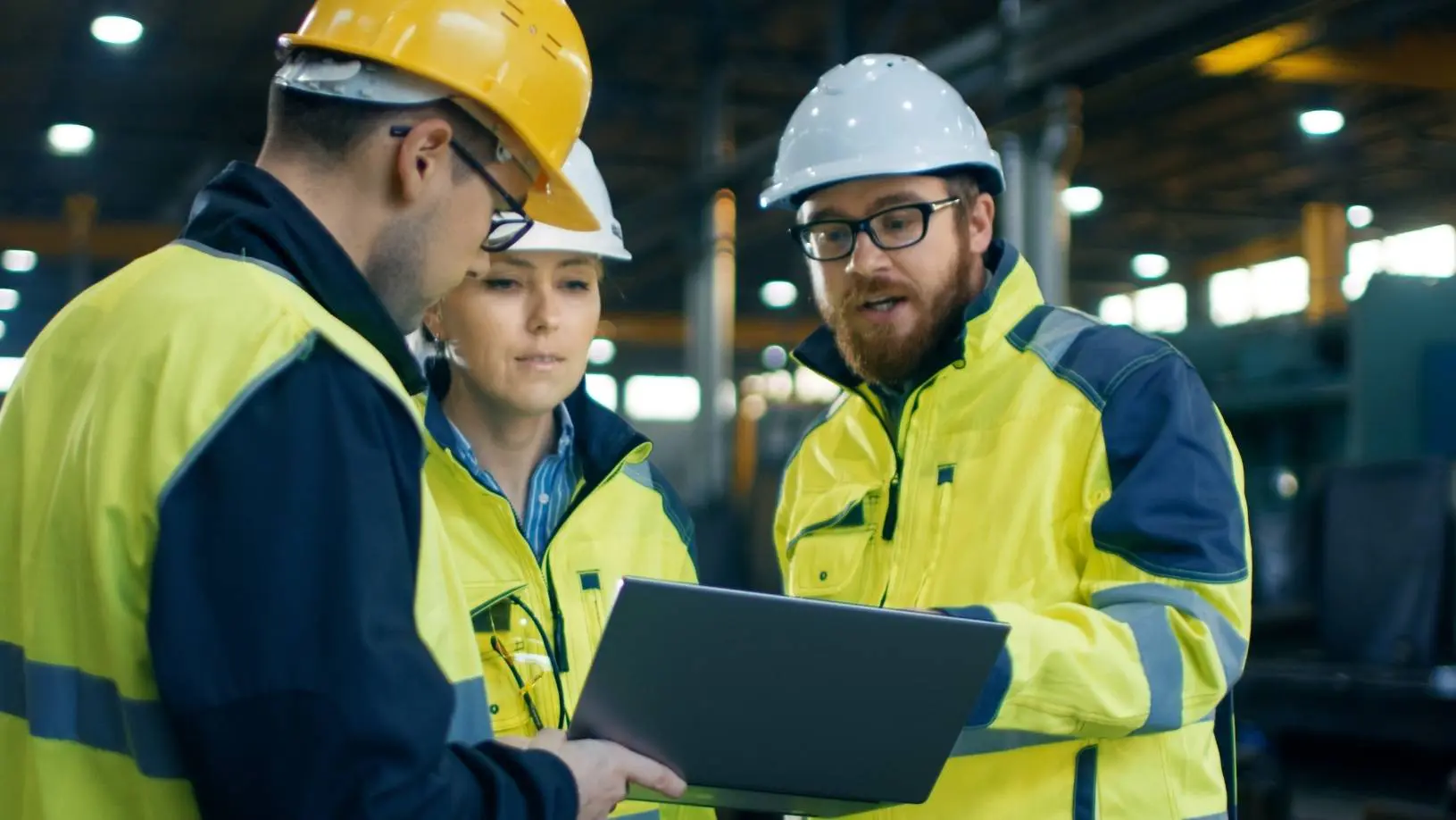Driving Innovation: How R&D Tax Credits Fuel Growth in Ireland’s Engineering and Manufacturing Industries
30 January 2024
Introduction:
Ireland’s engineering and manufacturing industries are at the forefront of innovation and technology-driven advancements. These sectors contribute significantly to the country’s economic growth and global competitiveness. To encourage continued innovation, the Irish government offers Research and Development (R&D) Tax Credits—a powerful incentive that can help engineering and manufacturing companies thrive. In this blog, we’ll explore how R&D Tax Credits can benefit these industries in Ireland.
The Power of R&D Tax Credits:
R&D Tax Credits are government incentives designed to reward businesses for investing in research and development activities. These credits provide Tax and/or a Cash benefit, allowing companies to recoup a portion of the costs incurred during qualifying R&D projects. For engineering and manufacturing companies in Ireland, these tax credits are a valuable resource to drive growth and stay competitive in the global market.
Qualifying R&D Activities in Engineering and Manufacturing:
- Product Development: R&D efforts aimed at designing and developing new products or improving existing ones often qualify for R&D Tax Credits.
- Process Optimisation: Initiatives to enhance manufacturing processes, reduce waste, and improve efficiency can be eligible for tax credits.
- Advanced Materials: Research focused on developing new materials or enhancing existing ones, such as alloys or composites, may qualify.
- Automation and Robotics: Projects aimed at integrating automation and robotics into manufacturing processes can be eligible for R&D Tax Credits.
- Environmental Sustainability: Efforts to reduce environmental impact, improve sustainability, and enhance energy efficiency are typically eligible activities.
Strategies for Maximising R&D Tax Credits:
- Contemporaneous Documentation: Maintain records of R&D projects, including research plans, project timelines, and associated costs.
- Collaborate and Innovate: Collaborate with research institutions, universities, and other agri-food companies to leverage collective expertise and potentially qualify for more substantial tax credits.
- Consult an R&D Tax Specialist: Engage with an experienced R&D Tax specialist, such as Visiativ Ireland, to navigate the complexities of R&D Tax Credits and ensure you claim all eligible credits.
- Continuous Improvement: Remember that R&D Tax Credits aren’t limited to breakthroughs; incremental improvements and failures also count! Make sure to talk through all projects no matter how small with your R&D Consultant.
Conclusion:
For engineering and manufacturing companies in Ireland, R&D Tax Credits represent a strategic opportunity to invest in innovation, drive growth, and remain competitive in rapidly evolving industries. By identifying and documenting qualifying activities, collaborating with experts and industry peers, and partnering with specialists like Visiativ Ireland, you can harness the full potential of these tax credits.
If you’re ready to explore how R&D Tax Credits can propel innovation and growth in your engineering or manufacturing business, reach out to Visiativ Ireland today. Our team of experts combine technical and financial knowledge to identify and maximise your innovation and research and development tax credit opportunities across Ireland. Let’s work together to engineer a brighter and more innovative future for your business in Ireland.
Afterall, you can get 25% of your expenditure refunded and that is set to increase to 30% in 2025!








